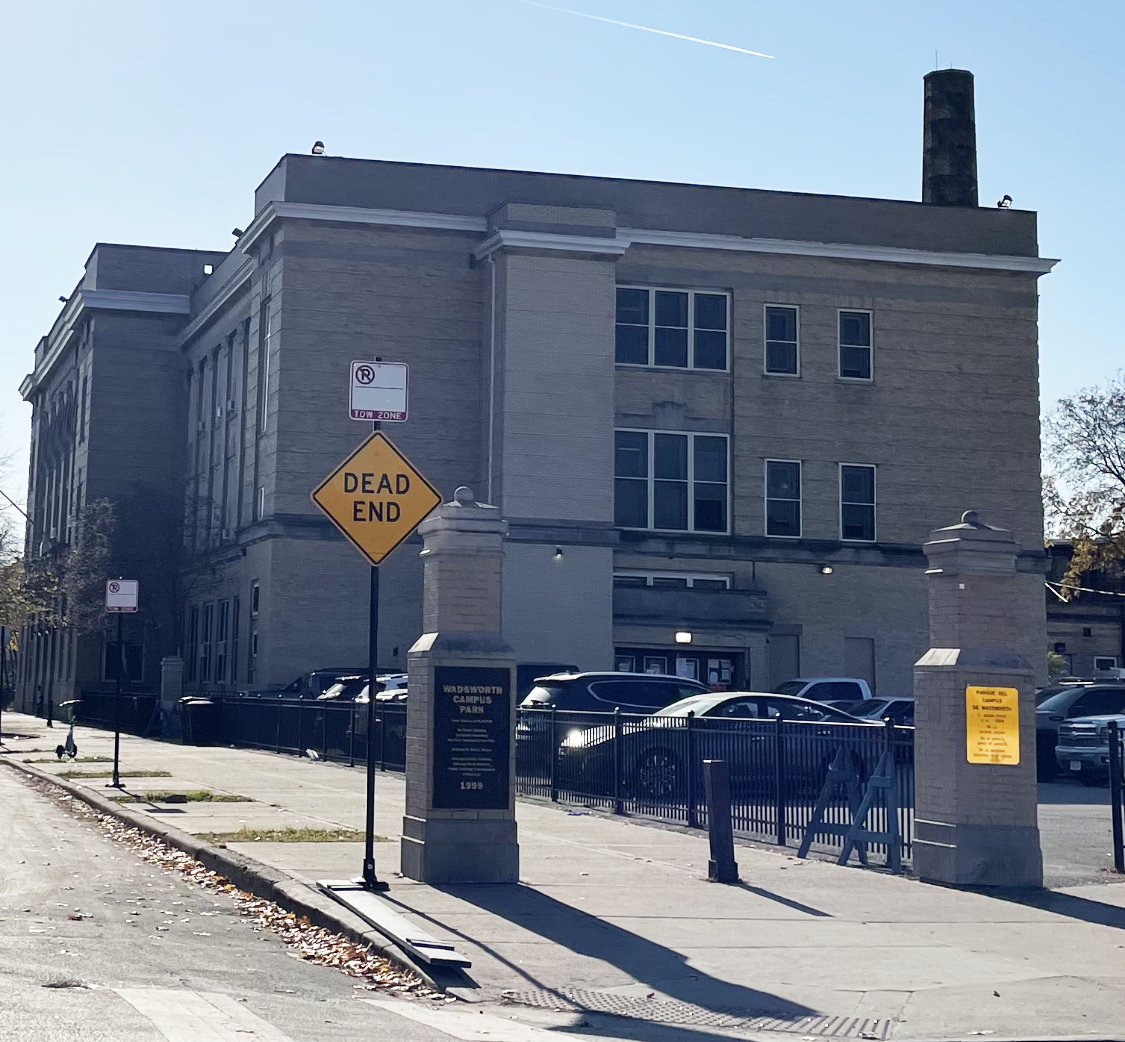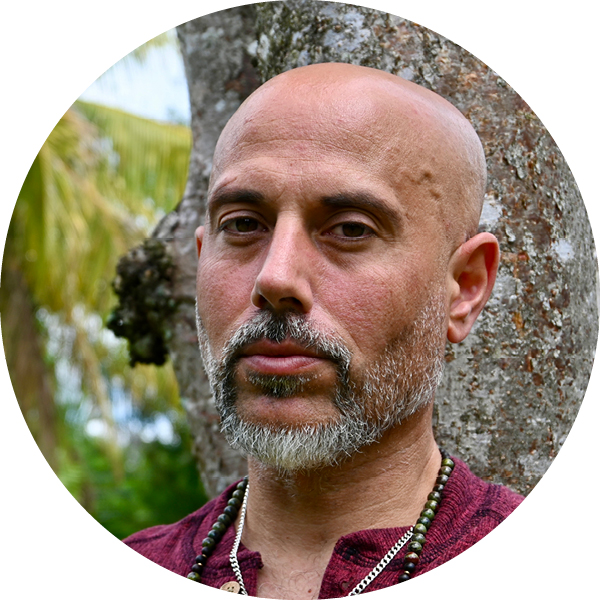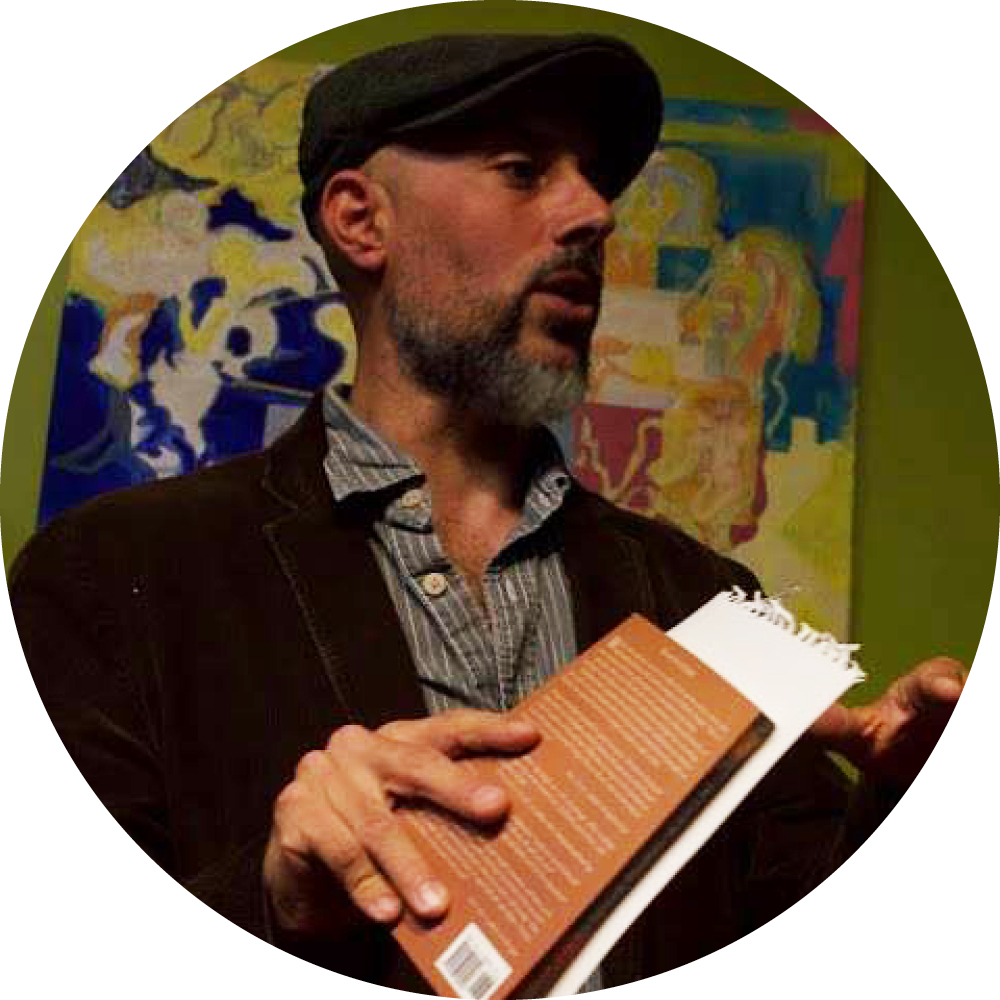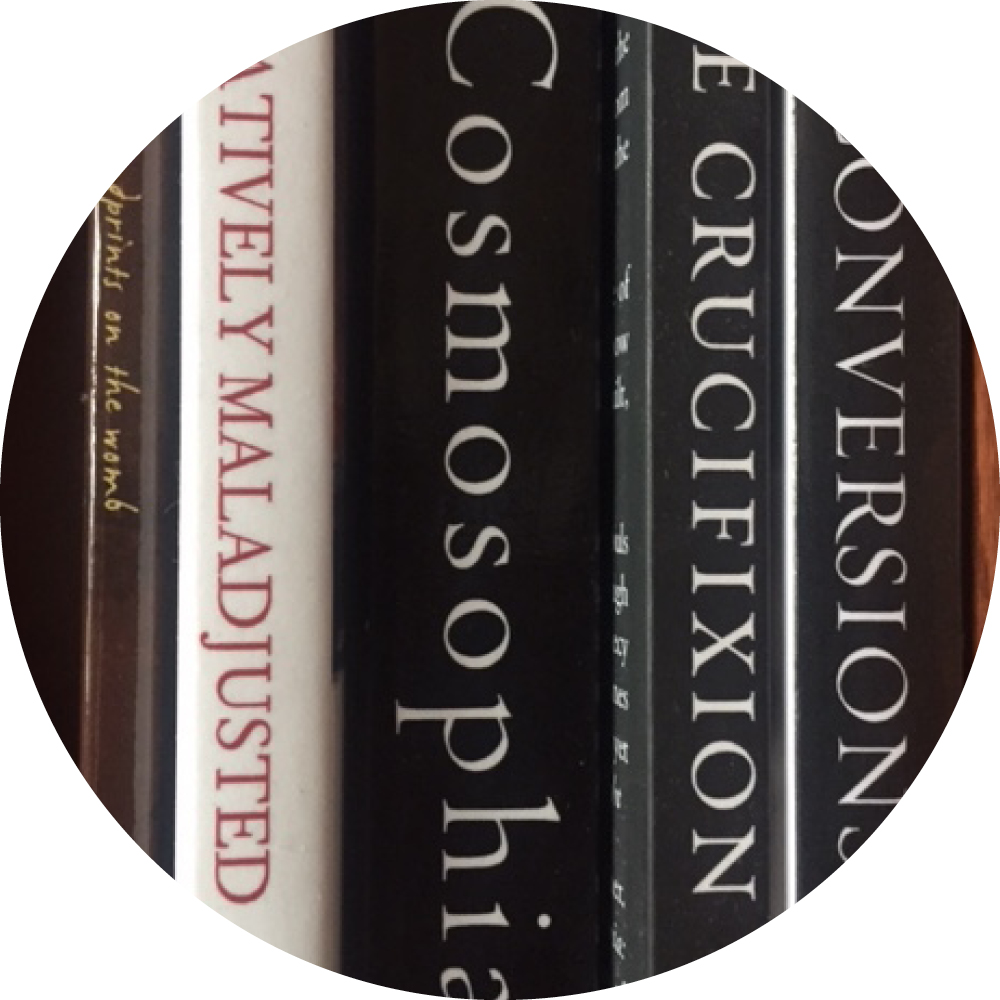The Abandoned School: Education as
a Context for Liberation & Oppression
By Theodore Richards
There’s no such thing as neutral education. Education either functions as an instrument to bring about conformity or freedom.
Paulo Freire, Pedagogy of the Oppressed
I.
A few blocks from where I live on the south side of Chicago, there is an abandoned school. For years, we have walked past it, like medieval Romans walking amongst the ruins of a long-forgotten civilization, without much thought until, in the past year, it was transformed into a shelter for migrants from Venezuela. It entered back into the consciousness of the community. And while the controversy over the migrants and where they might live was the focus of the public discourse, the symbolism of the abandoned school lurked beneath the surface.
The school was one of fifty schools that were closed a decade ago during the Rahm Emmanual administration. The schools were “under-enrolled,” we were told. But, more broadly, they were part of a school reform movement that favored charters and a political movement that favored privatization and austerity. Indeed, a few years after the school was closed a charter school was opened right next door. It seemed that there were still children who needed a school, just not a political climate that encouraged investment in public education.
I was not opposed to using the building as a migrant shelter; it was perhaps the best decision to be made in difficult circumstances. I also strongly opposed the tenor of the discourse that often became cruel and xenophobic. This isn’t an article about the migrant crisis. It’s about the symbolism of education and schools, about how we make choices as a society that have an impact beyond the test scores and attendance records.
II.
As Eve Ewing explains in her book, Ghosts in the Schoolyard, a school holds a particular significance in the Black community. The school closures, predominantly on Chicago’s south and west sides (Black and Brown communities) carried with them a symbolic weight and a significance beyond what we generally think of as education. Communities with closed public schools often felt abandoned. They lost not merely access to a nearby public school; they lost a safe space for community building and connection. Opposition to the closures was widespread and intense.
The notion of a public school in a democracy is something more than a place to foster individual achievement. It is a place where a young person begins to learn about how one might participate meaningfully in a democratic society. Democracy requires more than mere voting; it requires an educated populace. It requires learning how to live and make decisions collaboratively, with the assumption that we have shared interests and concerns.
Our schools, of course, have frequently failed in the efforts to instill the kind of egalitarianism and critical thinking that a true democracy requires. But this ought not to mean that we stop trying. In stark contrast, the school reform movement has been rooted in two essentially anti-democratic assumptions: (1) private is better than public and (2) the purpose of school is essentially about individual achievement and preparation for a job.
These two notions have been the driving force behind charter schools. And so, when a charter school is built only a few feet away from a closed public school, it is clear that this is less about a lack of students than a broader political agenda. Unlike a genuine, neighborhood public school like those that were closed, a charter school does not have to accept students in the neighborhood; it can pick and choose whom to accept. Charter schools, in general, do not even pretend to be places that have a mission to foster an educated populace prepared to participate in a democracy; its only agenda are metrics of individual achievement. There is no democratic process, no public accountability, behind these policies. Like the neo-liberal agenda to privatize everything – schools, forests, police – the charter school is fundamentally an anti-democratic institution.
III.
In the United States, education has always been a context for Black oppression and liberation. Along with the many other dehumanizing denials, the denial and criminalization of education for the enslaved was a feature of American slavery. A North Carolina statute stated, “Teaching slaves to read and write, tends to excite dissatisfaction in their minds, and to produce insurrection and rebellion.” It was illegal for the enslaved to read or to teach them to read.
And so, opening schools became a central feature in the pursuit of the freedom for Black Americans after emancipation. Schools were symbolic of liberation. But as with nearly everything else in American society, education remained segregated and inegalitarian. Black Americans were repeatedly denied access to education at all levels, either through Jim Crow in the south or de facto segregation in the north.
Integrated schools, as much as integrated housing or the right to vote, was a central feature of the civil rights movement. All over the country – not only in the south – white Americans resisted sending their children to school with Black children. White flight has been as much about integrated schools as anything. Even today, this remains an issue in school reform movements. While ostensibly school reform has been about school improvement, it often has served as a way to keep white and black students separate within districts or even within schools. As a child growing up in a majority Black school district in Rochester, NY, I often found myself in classrooms that were almost entirely white, even when the schools were not.
Today, the fight has only intensified over curricula, which has become a setting for the so-called culture wars. As part of an evolving democracy, at their best, schools have often been a context to teach students the real history of slavery and colonialism, and the reality of the complexity of sex, gender and race. But, seemingly obsessed with Critical Race Theory – something that is seldom ever a part of any grade school curriculum – the Right has pushed back, just as they did against school integration. Private schools for white kids and privatized schools for the rest deny the role of teaching genuine history that gives our young people the tools to participate meaningfully in democracy.
IV.
The focus on individual achievement sounds good. It’s easy to sell to parents who only want what’s best for their own children. This is normal. But a school teaches more than skills, more than what’s in the curriculum. Its purpose ought to be more than merely to train a child to compete for jobs in the global economy. When we focus on individual achievement at the expense of teaching a child how to work and live and collaborate democratically, in an interconnected world, we are teaching them that they are alone, that they are not responsible for anyone but themselves.
Liberatory education includes curricula that teaches the truth about race, classes, sexuality, and history. But it’s much more. The way we teach (pedagogy) and the way we structure the learning space are rich with meaning. Yes, we can discuss the conflicts in the world and the issues in our communities; but we also teach liberation by the way we handle conflict and collaboration within the classroom.
Liberation occurs not merely in learning about issues; it occurs when we simultaneously embrace inner and outer freedom and power. So, we learn about social justice not simply by discussing the pressing issues of today or of history, or even by directly engaging with such issues and seeking to change the world. We must ground those issues in creating more just interactions and relationships within the learning space… the classroom is a microcosm. A just and liberatory learning space brings forth a more just and compassionate world.

V.
And so, Wadsworth school has been more than an empty building for the community in which it sits. Its emptiness is the absence of America’s full promise of equality and democracy. It speaks to the ways in which our public policy choices reflect our values, our sense of what, and who, matters.
It is often argued that when we choose to spend money on things like prisons or the military instead of schools, we are taking money away from education. While I agree with the sentiment, I’d frame it differently. Everything we choose to do, every penny a government spends, is a form of education. A jail cell is a classroom too; it just has a different curriculum, a different pedagogy.
In this sense, a shuttered school remains a school. It will always be one. It will teach us what we care about, what matters, what we value. And this, in the end – more than individual achievement – is what education is really about.

Re-sources
Re-Imagining Education

Empowering educators to take a deeper look at the stories told in our schools and to re-imagine them in transformative and
nurturing learning spaces.
Learning Opportunities

Classes, workshops, and lectures that help to empower people to re-imagine who they are and their place in the world.
CWP

The Chicago Wisdom Project offers a alternative to the industrial and corporate models of education that have become increasingly prevalent in the American educational landscape.
